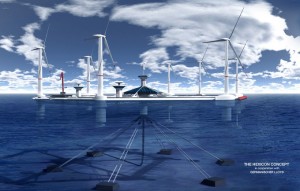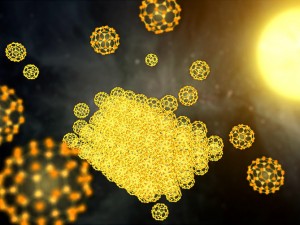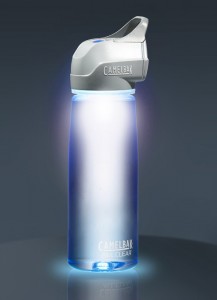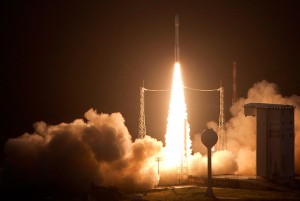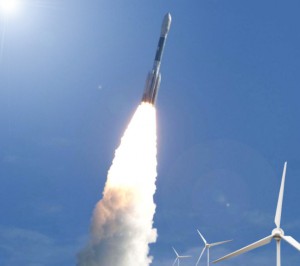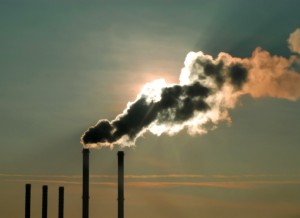
A new supermarket scanner developed by Toshiba Tec may make conventional barcodes in supermarkets obsolete. Using object recognition the scanner instantly recognizes the merchandise no matter if it’s fresh produce or packaged goods, by identifying it directly via a camera. The technology behind it, is being developed by Toshiba and it utilizes pattern recognition that let’s the Object Recognition Scanner differentiate the difference between merchandise and other objects and discarding the latter as noise. This allows the scanner to operate at high speeds, and also identify the object if even if it’s not being held completely still during the process.
At most supermarkets a laser scanner is commonly used to recognize barcodes, but with fresh produce like vegetables and fruit this can sometimes lead to holdups as the cashier tries to identify item. This issue is becoming more common as it’s currently a popular trend to stock the supermarket with more exotic fruits and vegetables. Even in the cases where if the cashier knows what the item is, they still needs to type in the price manually, or scan a barcode from a predefined list since fresh produce commonly are not marked with a barcode. Adding to the hassle this only works if the fresh produce is added to the system correctly.
Continue reading “Toshiba’s supermarket object scanner might replace barcodes”

